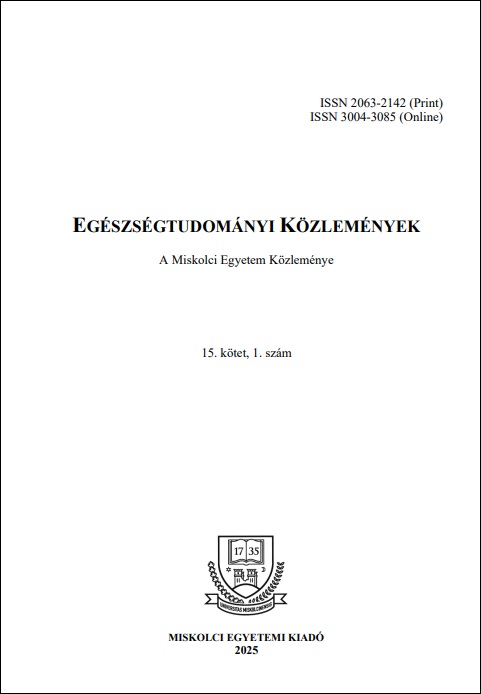The pathophysiology, diagnosis, and treatment of eosinophilic granulomatosis with polyangiitis (EGPA)
The Pathophysiology, diagnosis, and treatment of Eosinophilic Granulomatosis with Polyangiitis (EGPA)
DOI:
https://doi.org/10.32967/etk.2025.006Keywords:
vasculitis, EGPA, eosinophiliaAbstract
Abstract:
Eosinophilic Granulomatosis with Polyangiitis (EGPA), formerly known as Churg-Strauss syndrome, is a rare systemic vasculitis affecting small and medium-sized vessels, characterized by eosinophilia, asthma, and granulomatous inflammation. The disease can affect multiple organs, particularly the lungs, skin, kidneys, nervous system, and heart. The pathophysiology of EGPA is complex and is marked by a T-helper 2 (Th2) response, overproduction of interleukin-5 (IL-5), and eosinophilic inflammation. Clinical diagnosis and monitoring of disease activity are conducted through laboratory tests and imaging procedures. New biologic therapies, especially IL-5 antagonists, have significantly improved treatment outcomes and the prognosis for patients. This paper provides a detailed discussion of the disease's pathogenesis, diagnostic criteria, and treatment options.

